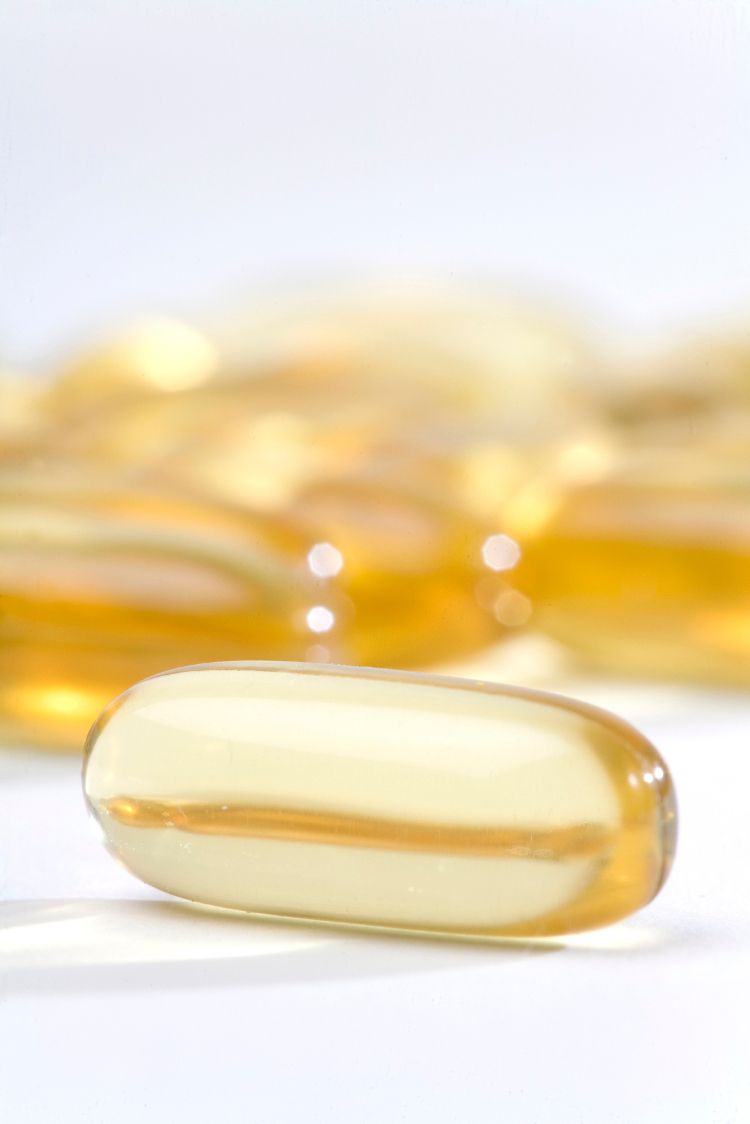GOED releases new omega-3 technical advisories for EPA and DHA industry addressing concerns about both particle presence and proper labeling
The Global Organization for EPA and DHA Omega-3 (GOED; Salt Lake City, UT) has issued two industry advisories addressing technical concerns related to omega-3 fatty acids EPA and DHA: one regarding micro- and nanoplastic particle contamination, and a second addressing the correct expression of EPA, DHA, and total omega-3 fatty acid content in oils.
Photo © iStockphoto.com/LICreate

The Global Organization for EPA and DHA Omega-3 (GOED; Salt Lake City, UT) has issued two industry advisories addressing technical concerns related to omega-3 fatty acids EPA and DHA: one regarding micro- and nanoplastic particle contamination, and a second addressing the correct expression of EPA, DHA, and total omega-3 fatty acid content in oils.
The first advisory, “Micro- and Nanoplastics Particle Contamination in EPA/DHA Omega-3 Oils,” addresses the filtration and centrifugation steps that manufacturers and refiners of EPA and DHA omega-3 oils employ. The advisory notes that concerns about the enduring and growing presence of micro- and nanoplastics in the environment, stemming from plastic debris, have led to growing concerns about whether these particles enter the food chain, including marine-derived ingredients like omega-3 oils. Microplastics are micrometer-sized particles in the range of 0.1 μm-5 mm (5.000 μm), while nanoplastics (in the nanoscale of 0.001 μm -0.1 μm) are the result of the breakdown of these larger micron-sized particles.
GOED’s advisory notes that “microplastics have been detected in marine organisms, such as fish, shellfish, and other organisms living on or within sea floor sediments.” The difficulty of measuring microplastics in the human body also means that the risk of these microplastics to human health is still largely unknown, it adds.
Importantly, the advisory notes, to date, there are no reports of the presence of either micro- or nanoplastics in EPA and DHA omega-3 fish oils, stating that the filtration and centrifugation processes applied during omega-3 oil processing prevent these particles from entering the oils. The advisory then provides more information on these processes and how they preclude these particles.
The second advisory, “Correct Expression of EPA, DHA, and Total Omega-3 Fatty Acid Content in Oils,” discusses the correct way manufacturers should list EPA and DHA content, in compliance with GOED’s own GOED Voluntary Monograph for omega-3 best practices, in order to avoid incorrect expression that can lead to non-compliance with label declarations.
The advisory states: “The content of EPA, DHA and Total Omega-3 fatty acids should always be expressed by weight (mg/g), and never by area percent (area %). The expression by weight of fatty acids should be as free fatty acid equivalents in milligram per gram (mg/g) of the oil. Furthermore, the weight of each fatty acid should be expressed as mg/g of the specific chemical form of the oil (i.e. triglyceride (TG) form oils should always be expressed as mg/g of TG, and ethyl ester (EE) form oils as mg/g of EE, etc.). The content of EPA and DHA and other omega-3 long-chain polyunsaturated fatty acids (omega-3 LCPUFA) expressed as free fatty acid can be converted to the weight of the fatty acid in the specific chemical form of the oil, using conversion factors provided in the GOED Guidance Documents.”
The advisory notes that “the amount of EPA and DHA in weight as free fatty acids defines the exact amount of the fatty acids present in a product. Expression as free fatty acids facilitates the comparison of EPA and DHA content across omega-3 oils and between products of differing chemical forms. However, for nutrition statements, the amount is expressed as TG form or EE form respectively. This is necessary to fairly align content expression with the chemical form of other lipids present in blends or real food products. Information on the chemical form should also be present on the label of any food or dietary supplements in order to give an accurate description of the expression of content.”
Expressing content by weight but not area %, the advisory notes, takes into consideration other constituents that might be in an oil: “Using area percent will artificially inflate the perceived amount of oil present in a product, because it does not represent the actual concentration. As a consequence, it may then give the impression that less oil is needed to formulate a specific product. Using less oil in formulation will subsequently provide an incorrect and smaller dose than intended for consumers. Put simply, incorrect content expression can lead to non-compliance with label declarations. If a nutrient must be present at 100% of the declared value, compliance cannot consistently be achieved using area %, and deviations will vary from one oil type to another.”
The advisory also touches on suitable methods for quantifying the omega-3 PUFAs in fish oils.